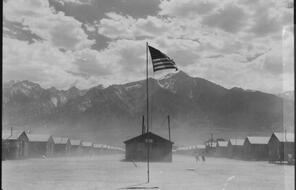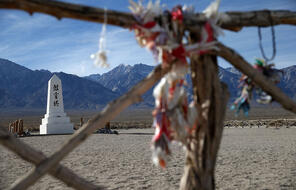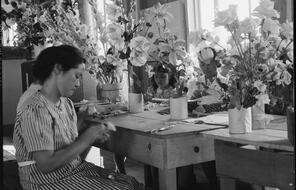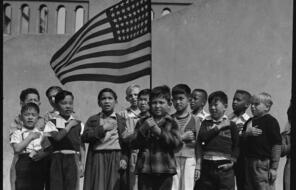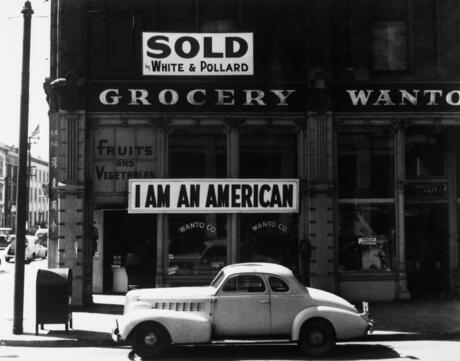
Staging the Compelling Question: Japanese American Incarceration During WWII
Duration
One 50-min class periodSubject
- History
- Social Studies
Grade
9–12Language
English — USPublished
Get it in Google Drive!
Get everything you need including content from this page
Get it in Google Drive!
Get everything you need including content from this page
Overview
About This Lesson
Students will use the Question Formulation Technique (QFT) to analyze the “I Am an American” photograph by Dorothea Lange and be introduced to the compelling question for the inquiry.
Compelling Question
What can we learn from the stories of Japanese Americans who stood up for their democratic rights and freedoms?
Resources in this Lesson
-
Library of Congress
-
Facing History & Ourselves
-
Densho
Lesson Plans
Lesson Plan
Unlimited Access to Learning. More Added Every Month.
Facing History & Ourselves is designed for educators who want to help students explore identity, think critically, grow emotionally, act ethically, and participate in civic life. It’s hard work, so we’ve developed some go-to professional learning opportunities to help you along the way.
Exploring ELA Text Selection with Julia Torres
On-Demand

Working for Justice, Equity and Civic Agency in Our Schools: A Conversation with Clint Smith
On-Demand

Centering Student Voices to Build Community and Agency
On-Demand









